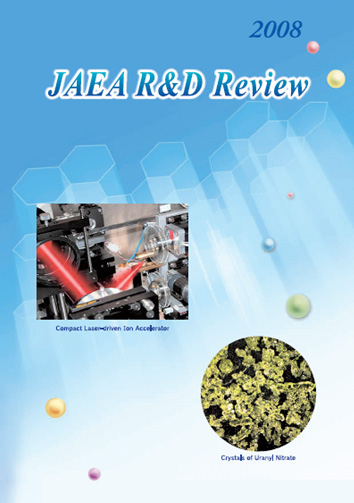- 1 Research and Development of Advanced Nuclear System
- 2 Research and Development on Geological Disposal of High-Level Radioactive Waste
- 3 Nuclear Fusion Research and Development
- 4 Quantum Beam Science Research
- 5 Nuclear Safety Research
- 6 Advanced Science Research
- 7 Nuclear Science and Engineering Research
- 8 Nuclear Fuel Cycle Technological Development
- 9 Development of Decommissioning and Radwaste Treatment Technology
- 10 Collaboration on Basic Nuclear Engineering
- 11 Photo-Medical Research Cooperation
- 12 Computational Science and E-Systems Research
- 13 Scientific & Technical Development for Nuclear Nonproliferation
- 14 Development of Experimental Techniques/Facilities at JAEA R&D Centers
